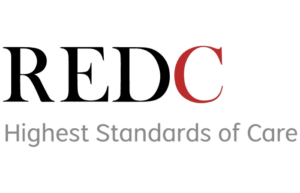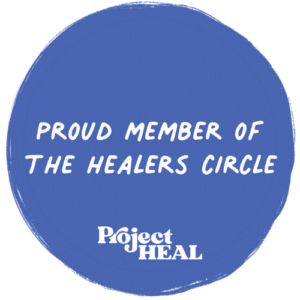Diet culture or the idea of maintaining rigorous appearance standards is a dangerous yet pervasive element of modern society. Unfortunately, it is a problem that is not going away anytime soon. Without understanding the impacts of diet culture, the challenges and struggles it creates can lead to significant physical and psychological difficulties.
What is Diet Culture?
Diet culture is a term used to describe many Americans’ growing preoccupation with attaining the “perfect” physical appearance. It also encompasses finding and adhering to perfect eating standards or the perfect diet. Someone who succumbs to the pitfalls of diet culture may seem obsessed with habits such as calorie counting, cataloging the foods they consume, following rigorous exercise schedules, and experimenting with other diet fads, all in the name of losing weight.
Diet culture is not restricted to a specific demographic. It can appear in any age group or gender. However, it is often more prevalent in circumstances where one’s appearance can put them at the forefront of being noticed. Consider examples such as models, entertainers, athletes, and celebrities. Diet culture is also, unfortunately, common among adolescents and teens who struggle to maintain a particular physical appearance to “fit in” with members of their social circle.
Examples of Diet Culture
It is important to understand the difference between diet culture and nutritious eating. Ideas about diet culture often go undetected because they get lumped into conversations about disease prevention, healthy eating, and “optimal” nutrition standards. This makes diet culture scarier because people prescribe to potentially dangerous diet patterns in the name of health. Not only can diet culture lead to harmful effects on your physical health, but it can also significantly affect your mental well-being.
You may notice many signs of diet culture in a friend or loved one struggling to separate healthy eating from potentially dangerous habits. Often, many of these examples seem benign; however, when one or more occur or happen in the presence of disordered eating or another mental health concern, they can lead to dangerous side effects. Some common examples might include:
- Using exercise to “burn off” calories or to earn a reward in the form of dessert or similar.
- Eliminating entire food groups because they are “bad for you.”
- Avoiding social situations or social events because eating is a part of the experience.
- Consistently checking body weight and using the scale to determine future eating behaviors.
- Engaging in fat-shaming behaviors or feeling shameful for your physical appearance.
- Giving food labels such as good, bad, fattening.
- Using dietary aids, caffeine, nicotine, or water to suppress your appetite by increasing the sensation of fullness.
Why is Diet Culture Dangerous?
Diet culture can lead to significant and sometimes life-threatening physical and mental health emergencies. When someone puts substantial value on thinness or excessive weight loss, physical health struggles are usually quick to follow. While it is important to note that diet culture is not entirely responsible for disordered eating, it can quickly worsen the struggle for someone who is predisposed to it. Additionally, many youth and teens are exposed to diet culture standards at an age where they may not understand the physical and mental health risks of excessive dieting or excessive weight loss. This can lead to the development of potentially life-threatening eating disorders such as anorexia, bulimia, and binge eating disorder. A significant body of research indicates that excessive dieting can be harmful. Data from the National Eating Disorders Association suggests that up to 25% of diets evolved into disordered eating.
Mental health struggles can also develop out of diet culture. When someone cannot achieve or maintain the “ideal” body standards defined by diet culture, it can lead to overwhelming feelings of embarrassment and shame. Additionally, youth and teens can feel stigmatized by fellow classmates who present an ideal body image or engage in body shaming behaviors. Distinguish surrounding body weight and body image has long been linked to struggles with mood and mood disorders. It has also been connected to disordered eating and an increased pattern of weight cycling. Weight cycling occurs when someone strives to maintain body weight by trying diet after diet, often gaining more weight than they are capable of losing.
How to Seek Help
Disordered eating is a serious and potentially life-threatening mental illness that can arise out of diet culture. In fact, one death every 52 minutes is linked to disordered eating. Second only to opioid overdose, eating disorders are right among the deadliest of mental illnesses. If you or a loved one struggles with an eating disorder, it is crucial to seek early and comprehensive help at a professional treatment center where you can heal and develop a healthy relationship with food.
Unfortunately, we live in a society that places significant value on appearance. One only needs to turn on the television or scroll through social media to see numerous ads about body image, fitness, and how to use exercise, cosmetic treatments, clothing, and makeup to appear skinnier and achieve ideal beauty. In an environment where standards are set high, it can be challenging to avoid the impact of diet culture. However, it is crucial to prioritize physical and psychological health in favor of succumbing to diet culture. If you were a loved one are struggling with the effects of diet culture or disordered eating, it is crucial to reach out for help today. Contact a member of our admissions team at Shoreline Center for Eating Disorder Treatment today to learn more about how our southern California treatment center can help you.





